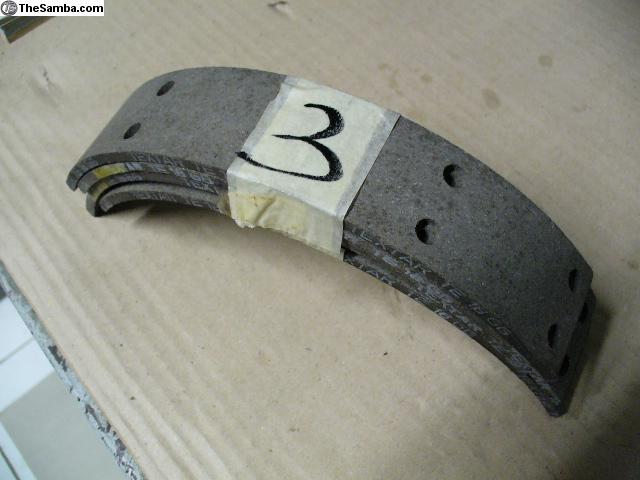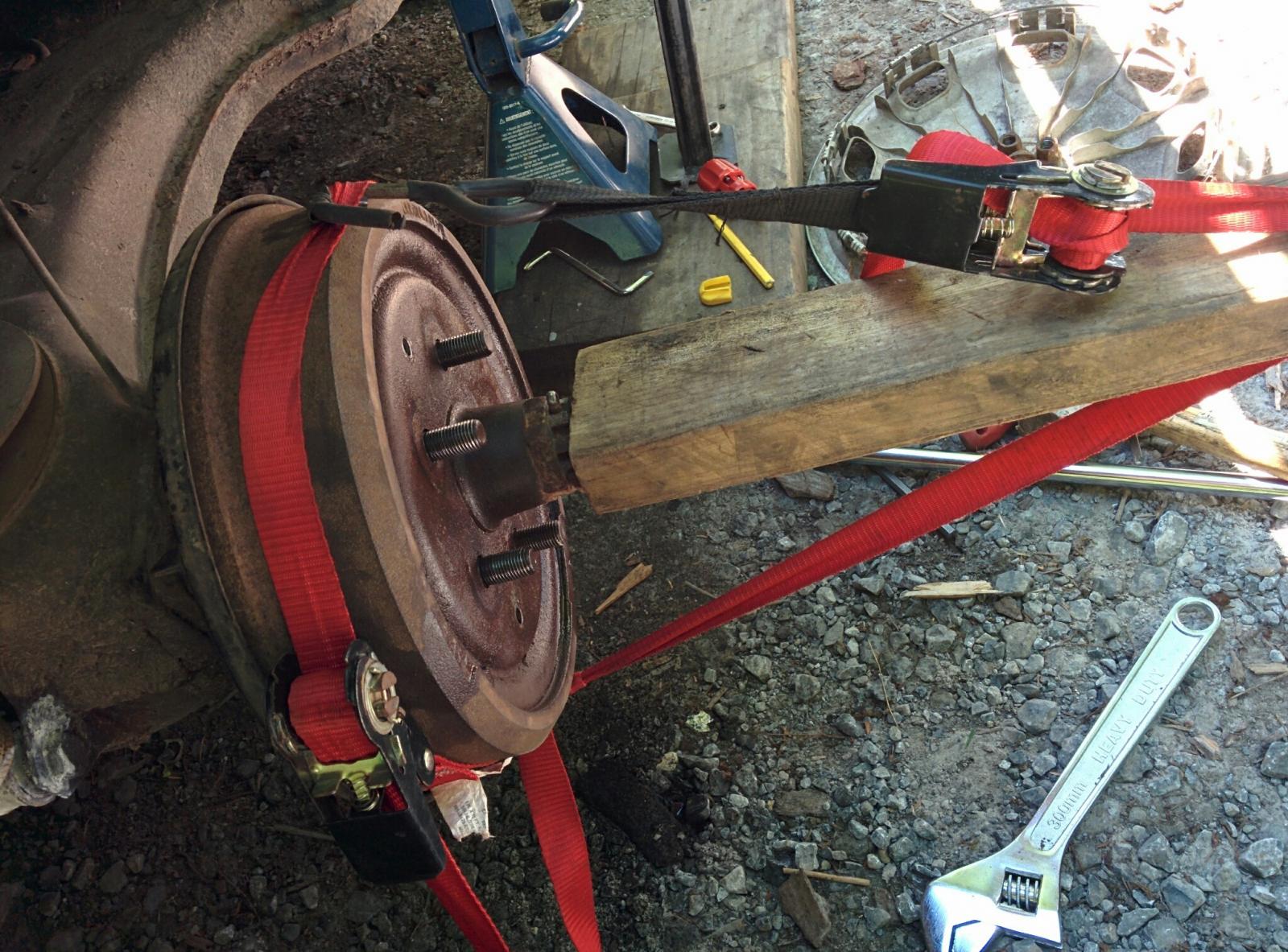
OEM tandem master cylinders do not produce the same volume as two side by side master cylinders. Careful consideration should be made when selecting the master cylinder, because of the high volume of brake fluid required and pressure for the disc brake application. OEM tandem master cylinders were designed to be cheap. So great care must be taking when using a modified master cylinder. Yes, you can remove the residual valve from the master cylinder, but often the reservoir is to small and it does not hold enough brake fluid for the disc brake application. That is why it is important to buy the correct master cylinder based to application. Most OEM tandem master cylinders will have a residual valve built in when there is a drum brake application. The problem is either the wrong residual valve being used, a drum brake master cylinder being used on disc brake calipers, a inline residual valve plumbed in to the brake system with a built in residual valve in the master cylinder or a defective residual valve. If you experience a brake lock up after a few applications of the brake pedal, it is directly related to a residual valve retaining the brake fluid within the lines and not allowing the fluid to flow back to the master cylinder. I have answered many questions regarding people that have installed brakes incorrectly by using a drum brake master cylinder. You can not use this master cylinder with built in residual valve(s) if you have disc brakes in front because of the residual valve. It also allows for a certain amount of pre-load on the mechanical parts. This valve is needed so that the cup seals in the wheel cylinder has pressure against it preventing them from leaking. The earlier master cylinder had built in residual valves for the drum brake systems. OEM single master cylinders are generally for drum brake applications. Notice the larger reservoir in the front portion of the disc/drum master cylinder and the small reservoir for the drum brakes. Remember the volume requirements of the OEM caliper? Well this high volume and more pressure required the factories to build the master cylinders so it was cheap to produce, have a large volume and met the requirements of both the disc and drum brakes. In the late 60's and 70's when disc brakes were being used more and more, there was a need to have a dual master cylinder, because the requirements were different when you ran disc brakes in front and drums in the rear.
#SAMBA VW BETTLE BRAKE LINE PRESSURE HIT DAY MANUAL#
Generally you ran bigger wheel cylinders in front, because it applied more pressure and if you need fine tuning you added a manual proportioning valve to the system. The proportioning between the front and rear brakes was regulated by the size of the wheel cylinders. This was because you wanted to apply equal pressure to all 4 drum brakes.

Before disc brakes all master cylinders had single reservoir. Master Cylinders: The basic design of master cylinders are single reservoirs or dual reservoirs. MC may look different but the purpose and inner workings are the same. We got these with the permission of publishers long reads but well worth it. Leatherneck wrote:Master Cylinder info by by: Dean Oshiro, Hot Rods USA These are some of the first things you need to know when troubleshooting and looking to fix any problems on your vehicle’s braking system. The description above gives you the knowledge of how two different car brake systems work. The master cylinder reservoir stores the fluid and the master cylinder distributes the brake fluid under pressure, to the entire braking system of your vehicle. The braking system has to have brake fluid.

This pad is held by the caliper, which fits over and around the rotor. The piston in the master cylinder is activated and sends pressure thru the brake lines to the calipers and when the pad makes contact with the rotor, friction is created and this stops the wheel from turning.

The disk brake system uses hydraulic pressure to press a pad against the rotor. A wheel cylinder contains pistons that use hydraulic pressure from the master cylinder to force the brake shoes against the brake drum. The friction caused by the shoe pressing against the drum is stopping the wheel from turning

The piston in the master cylinder sends pressure thru the brake lines to the wheel cylinders inside the brake drums. Here is what happens when you press the brake pedal. The first thing you need to know is how a car’s brake system works.Ī drum system uses hydraulic pressure to press the brake shoes against a brake drum to slow down the speed of the vehicle. Thanks to David58, we have here a complete break-down of your VW's brakes, down to the finest detail! Thank you David for your this!


 0 kommentar(er)
0 kommentar(er)
